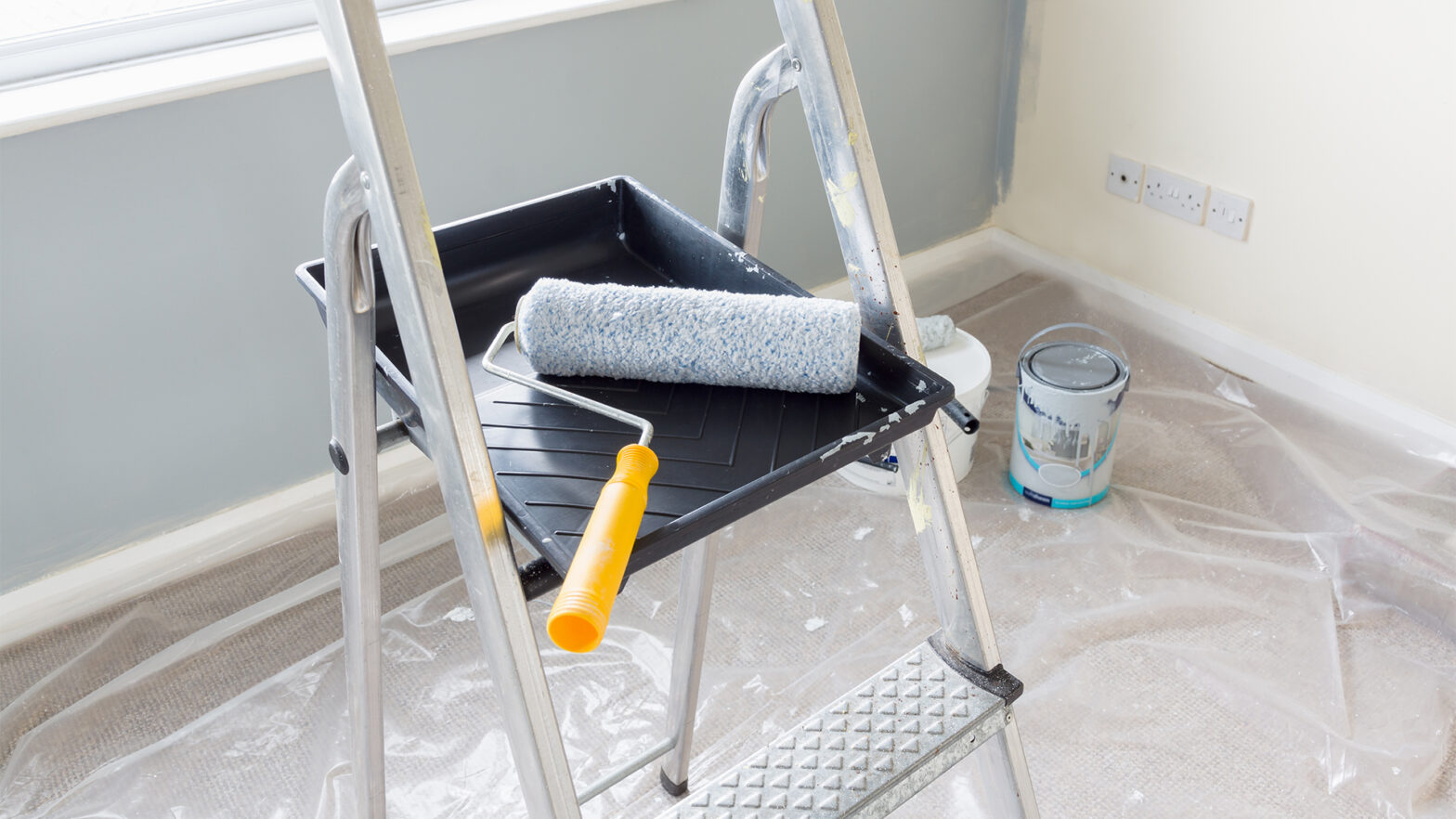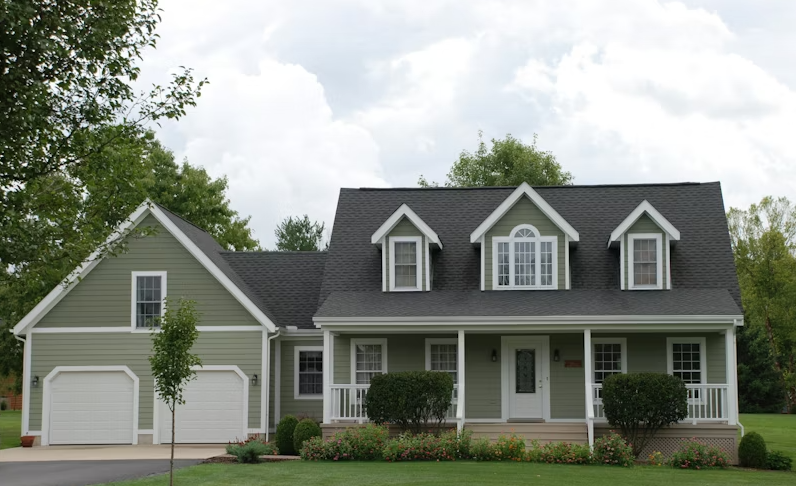
Have you ever stared at a tired-looking wallpapered room, yearning for a fresh start but dreading the seemingly endless task of removing it all? If so, painting over your wallpaper may be something you’ve already thought about.
While it may sound unconventional, with the right approach, transforming your space with a coat of paint can be a surprisingly effective and time-saving way to achieve a whole new look. But before you grab your paintbrush, there are some important factors to consider. To help you, painting and decorating expert Pat Gilham at MyJobQuote.co.uk has created this guide with everything you need to know about painting over wallpaper.
This guide delves into the world of painting over wallpaper, exploring the ideal conditions for success, the types of wallpaper best suited for this method, and the red flags that might indicate removal is the better option. So, get ready to unleash your inner decorator and discover if painting over your existing wallpaper can be the key to unlocking your dream space.
Is It Possible to Paint Over Wallpaper?
It is possible to paint over wallpaper. However, there are some considerations and certain steps required to ensure the job is a success.
If the wallpaper is coming away from the wall, bubbling, or if it’s not in very good condition, it’s better to remove the wallpaper before painting over it. Painting over damaged or bubbling wallpaper will result in a messy-looking wall.
It’s also worth noting that painting over wallpaper should not be seen as a permanent solution. It’s much better to remove the wallpaper if you want to achieve a completely smooth surface.
When Can It Work?
- Wallpaper condition: The wallpaper should be in good condition, with no major rips, tears, or bubbling. Loose or peeling wallpaper will only worsen after painting.
- Wallpaper type: Paper-backed vinyl wallpaper and smooth, non-textured wallpaper are generally the most suitable for painting over.
- Your commitment: Painting over wallpaper requires thorough preparation to ensure the paint adheres properly. This can be a time-consuming process.
When Is It Not Recommended?
- Heavily textured wallpaper: Painting textured wallpaper will likely highlight the texture even more and create an uneven finish.
- Fabric-backed vinyl wallpaper: This type of wallpaper is not suitable for painting as the paint won’t adhere well.
- Wallpaper with water damage or mould: Painting over these issues won’t address the underlying problem and could trap moisture.
How Do You Paint Over Wallpaper?
If you want to paint over wallpaper, you should take the following steps:
Clean the Wallpaper
You should start by thoroughly cleaning the wallpaper to remove any dirt, grease, or residue. Use a mild detergent solution and a clean cloth or sponge to gently wipe the wallpaper. You must leave it to dry completely before moving on.
Prime the Wallpaper
It’s crucial to apply a coat of primer when painting over wallpaper. The primer will help to create a smooth surface and will also improve the adhesion of the paint. Make sure to use a high-quality primer that is specifically designed for use on wallpaper.
Repair any Imperfections
If there are any tears, holes, or gaps in the wallpaper, you will need to fill these in before painting over the surface. Smooth out the repaired areas with sandpaper once they are dry.
Choose the Right Paint
Select a paint that is suitable for using on wallpaper. Latex or acrylic-based paints are commonly used for painting over wallpaper. Matte or satin finishes tend to work well as they help minimise the appearance of texture or patterns from the wallpaper.
Paint the Wallpaper
Apply paint to the wallpaper with a roller or brush, working in even strokes. Apply multiple thin coats rather than a single thick coat to achieve better coverage and reduce the chance of the wallpaper getting too wet and peeling.
Allow Proper Drying Time
Follow the manufacturer’s instructions for drying times between each of the coats. You must ensure each coat is completely dry before applying the next one. This helps prevent the paint from blistering or causing the wallpaper to peel.
Assess the Final Result
Once the paint has completely dried, inspect the surface for any imperfections or areas that may require some touch-ups. Address any issues accordingly. You may need to patch small areas or apply an additional coat of paint if needed.
What Are Some Alternatives to Consider?
- Removing the wallpaper: While it might seem like more work upfront, removing wallpaper can be a better option in the long run, especially if the wallpaper is old or damaged. This allows you to assess the condition of the wall underneath and create a smooth surface for painting.
- Using removable wallpaper: If you’re looking for a temporary change, consider using removable wallpaper instead. This allows you to easily update your look without the commitment of permanent paint.
Final Thoughts
Painting over wallpaper can be a viable option if done correctly, and the wallpaper is in good condition. However, it’s important to weigh the pros and cons before you begin. In some cases, removing the wallpaper might be a better choice for a more durable and professional-looking finish.




























